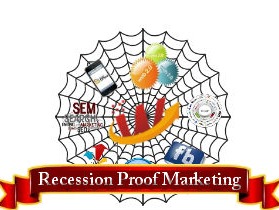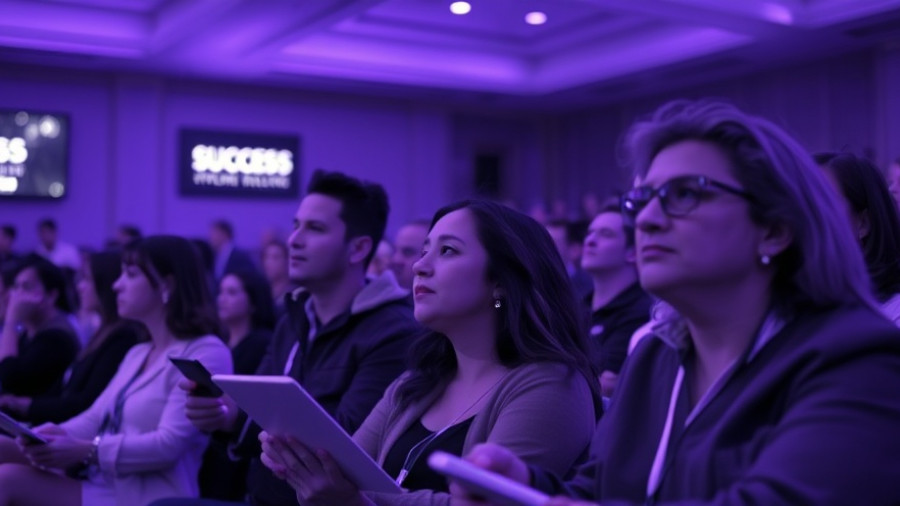
The Alarming Truth Behind AI Project Failures
Recently, an eye-opening study from MIT revealed a shocking reality: 95% of AI projects fail to bring any return on investment for enterprises. This statistic is more than a number—it serves as a wake-up call for executives and organizations pouring billions into AI initiatives without a clear strategy. With investments reaching between $30-$40 billion in generative AI, many are stuck in costly cycles, watching their financial resources drain away with little to no measurable impact.
Understanding Why AI Initiatives Stumble
Aditya Challapally, the lead researcher behind MIT’s Project NANDA, noted that while some companies achieve success, most are lost in the hype and mismanagement of AI. Here are three key reasons why AI projects often stall and practical tips on how to avoid these pitfalls:
1. The Danger of Hype-Based Strategy
A common trap is allowing excitement about AI to dictate strategy rather than setting clear profit-and-loss objectives. Companies often chase the latest technology trends without fully understanding their business needs. This leads to solutions that don’t address core problems—resulting in wasted resources and initiatives that lack purpose.
2. The Pitfalls of Disconnected Implementation
According to the report, many AI integrations fail because they do not align with the day-to-day operations of a business. Companies attempt to add AI tools to existing workflows without considering whether their infrastructure is compatible. This "bolt-on" approach can create brittle workflows that hinder productivity instead of enhancing it.
3. Confusion Around Building vs. Buying AI Solutions
Organizations often think they must choose between building custom AI tools or purchasing off-the-shelf solutions. This dilemma can lead to further complications in execution. Choosing the wrong path can lead to further delays and costs, proving how critical it is for firms to understand their capabilities and needs thoroughly.
A Case Study of Success: Lessons from the 5%
While 95% of AI projects are failing, the remaining 5% are revolutionizing their operations. These successful organizations have learned to craft AIs tailored precisely to their operational needs. They have done more than merely adopt AI; they’ve made it a core aspect of their business strategy. They started by setting clear, measurable goals, ensuring their AI initiatives align with financial outcomes.
For example, a local retail chain implemented AI-driven inventory management systems that accurately predict stock levels, drastically reducing waste. By integrating AI into their core systems, they achieved a remarkable 20% reduction in overhead costs, showcasing what is possible when strategy meets execution.
Future Insights: Navigating the AI Landscape
The future of AI in business holds tremendous potential if approached correctly. As companies learn from the failures of past initiatives, they can apply these lessons to establish robust AI strategies. Looking ahead, organizations that prioritize AI development, align it with direct operational goals, and integrate it seamlessly into existing processes will likely enjoy significant competitive advantages.
Final Thoughts: Ensuring AI Success
To turn the tide against the alarming failure rate of AI projects, organizations must stop treating AI as a gimmick and start viewing it as a strategic necessity. By understanding the real challenges, prioritizing alignment, and committing to thoughtful integration, businesses can ensure their AI projects not only launch but thrive.
Knowing the right approach can indeed make all the difference. Aim to learn from both the success and failures of others to carve a path towards effective AI implementation.
 Add Row
Add Row  Add
Add 




Write A Comment